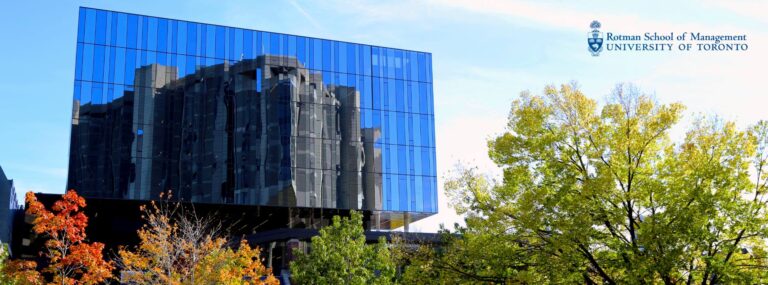Despite the far-reaching sanctions by the US and Europe in March 2022, Russia received an estimated $2.3 billion cash dollars and euros. According to customs data seen by Reuters, that figure shows Moscow’s capacity to circumvent international curbs while continuing to access Western currencies. The previously unpublished data gives a rare insight into how Russia continues to operate in the global financial system despite growing economic isolation.
Data on customs, with reference to a commercial supplier at the forefront of tracking and collecting data, indicates that a large chunk of the cash flowed into Russia from countries like the UAE and Turkey-some of the two nations which staunchly refused to slap sanctions on Moscow, meaning trade continued largely unabated. Of note, more than half of the total is of unknown origin, further putting a question mark over the efficiency of international sanctions.
The warnings to financial institutions back in December, which “help” Russia circumvent the sanctions, were followed by additional measures of 2023-2024 against third-country companies. A lot of Russians still perceive the US dollar as a “reliable currency”. Dmitry Polevoy, head of investments at Astra Asset Management in Russia, said demand for hard currency continued. “For people, the dollar remains a reliable currency,” Polevoy told Reuters.
Sanctions Evasion Unveiled
The central bank of Russia and the US Office of Foreign Assets Control did not wish to make any comments on the matter. The European Commission said it would maintain cooperation with third countries in efforts aimed at circumvention prevention. The customs records cover from March 2022 up to December 2023. Reuters could not access more recent data. It also indicates a rush in cash imports ahead of the invasion of Ukraine, with $18.9 billion coming into Russia between November 2021 and February 2022. Daniel Pickard, a lawyer at Buchanan Ingersoll & Rooney, said the increase likely means some Russians were taking precautions before the expected sanctions.
“While the U.S. and its allies have learned the importance of collective action in maximizing economic consequences, Russia has been learning how to avoid and mitigate those same consequences,” Pickard said, adding the data likely understates the actual currency flows. The Central Bank of Russia limited foreign currency withdrawals, allowing just $98 million to leave the country since February 2022 and through the end of 2023, in a bid to stabilize the ruble. Foreign currency inflows were much higher.
Yet, the largest single declarer of foreign exchange for this period was Aero-Trade, a relatively unknown company that deals in duty-free shopping services in airports and on flights. The company announced about $1.5 billion of accounts, with shipments cleared at Moscow’s Domodedovo Airport. Even though the trace of the origins and destinations of cash was found, which Reuter traced, still the clients of Aero-Trade could not be found or could not determine the authenticity of the customs records. The owner of Aero-Trade, Artem Martynyuk, declined to explain, making things even more doubtful for transparency in these transactions. And so, entangled in a web of sanctions, gold, arms, and reaffirmation emerge as parts of one and the same tangle even at present: Major imports of cash were also carried out by structures like Rostec, in particular by this state-owned military-industrial conglomerate. These connections illustrate how, even in a world increasingly divided by politics and conflict, financial flows continue to bridge gaps.




+ There are no comments
Add yours